This Is the Future of Book Publishing
This Is the Future of Book Publishingon Aug 04, 2021

Independent publishers versus vanity publishers
Independent publishers may sound similar to vanity publishers, but there are several key distinctions. One distinction lies in when the publisher earns revenue. Vanity publishers require authors to pay before helping with publication and marketing, whereas independent publishers share the book’s royalties after publication or offer upfront advances on royalties, just like bigger publishers. Independent publishers create more of a partnership with authors and develop a marketing and publishing strategy to ensure these authors succeed. Another distinction is the role of the publishing company. Vanity publishers act as a go-between for the authors to help them find reputable editors and cover artists. They may help with marketing and distribution, but this responsibility often falls on the authors. The authors also bear the financial risk of publication, as they are paying the production costs. Independent publishers take on all the financial risk of publication but assist with marketing, distribution and book production. The first book I published was a self-publication, and I noticed it did not garner as much attention as I would have liked. So I decided to go through the traditional publishing process and queried over 100 publishers for my second book. I heard back from very few. It was published by an indie publisher, where I saw what was working and what could be improved in the publishing industry. I learned the publishing industry’s ins and outs and noticed a need for a company that focuses on diverse voices. In 2015, I created an independent publishing company, GenZ Publishing, that caters to freshed-voiced, but often overlooked and underrepresented authors within the publishing industry. We focus on authors who pen stories around meaningful dialogues, such as overcoming adversity. Since its conception, GenZ and its YA imprint, Zenith, have published over 115 books, including #OwnVoices LGBTQ+ and disabled books. In addition, our marketing team helped many of our books reach the Top 100 list in their respective categories on Amazon. I like to say that our authors make a positive impact on the world one word at a time. Through our books, we would like to make that a literal reality. That’s the power of independent book publishing.The future is diverse
Diverse, inclusive books are crucial to create positive change in the world, and traditionally underrepresented authors in the publishing industry deserve a chance to showcase their writing talents. Independent publishers are the starting point to ensure these stories are read, enjoyed and consumed by the public. Over the last several years, more indie publishers focusing on marginalized voices emerged. Reading is as essential now as it ever was. Book readership has increased by 30% from the previous year, and people are routinely seeking new stories to capture their attention and test their beliefs. As a result, independent publishers must continue forging partnerships with traditionally underrepresented authors and marginalized voices and select those who create new perspectives and essential dialogues for people to digest and learn from.
With more readers feeling seen and heard, it’s no wonder readership is up. Independent publishers are the future of publishing for a world in which everyone can be a reader.
Source - entrepreneur news

.jpg)







.jpg)
.jpeg)
.jpg)

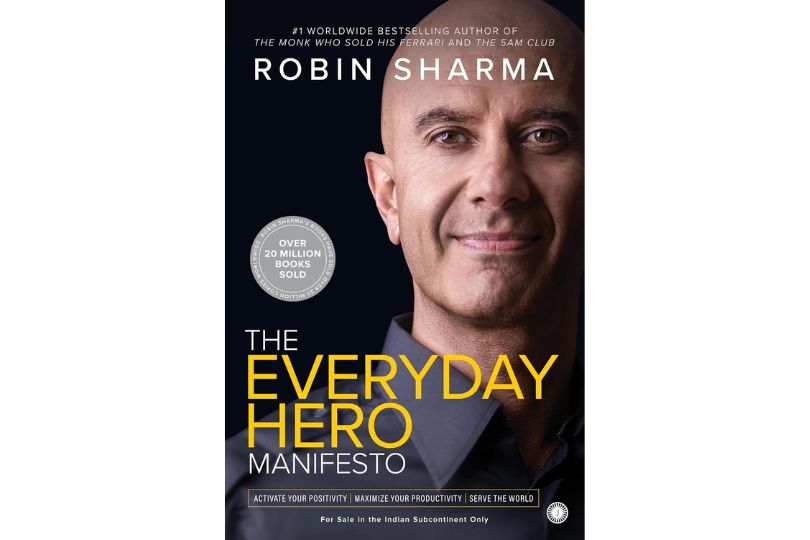


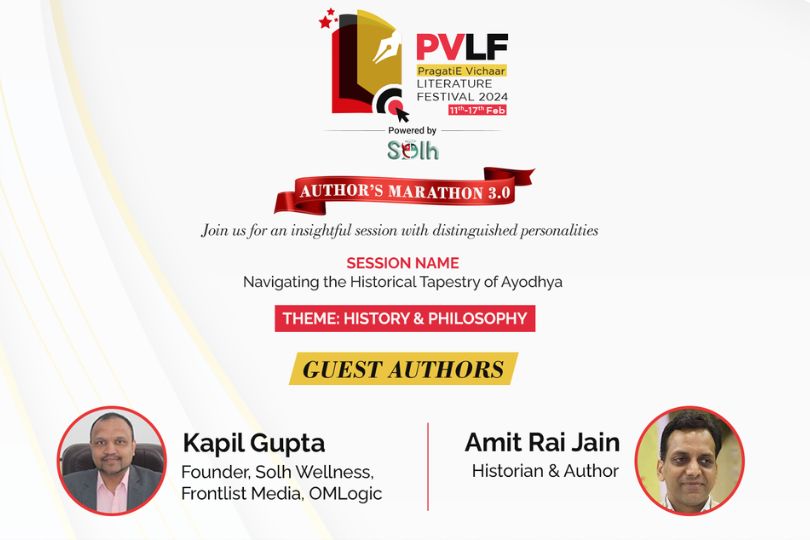
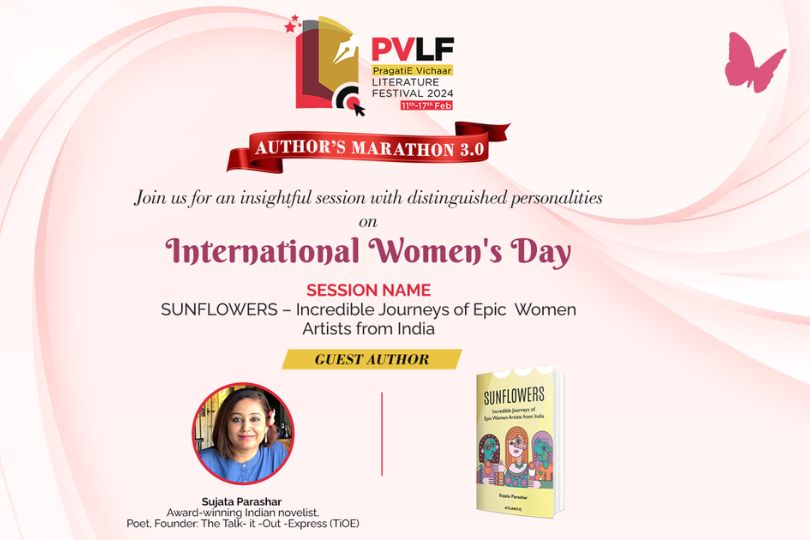
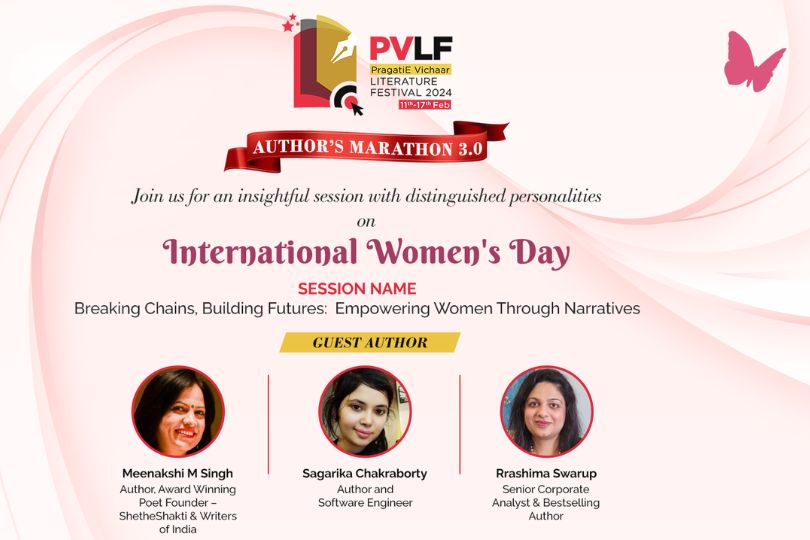
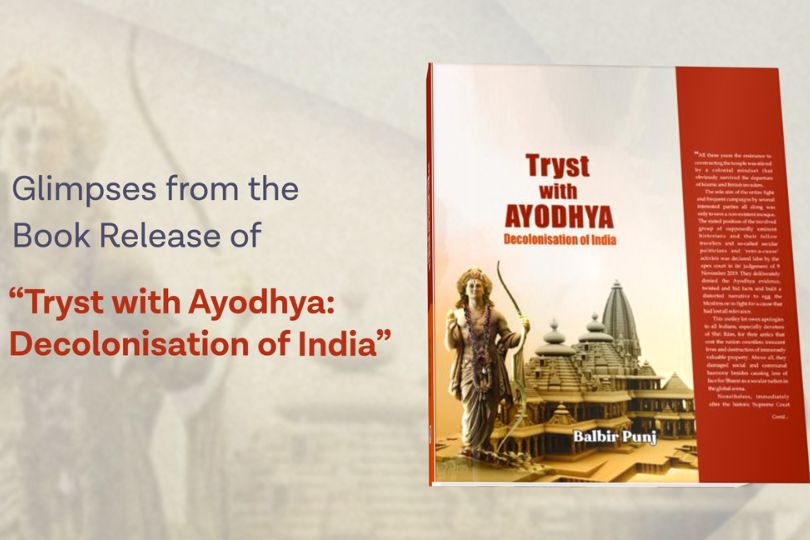








Sorry! No comment found for this post.